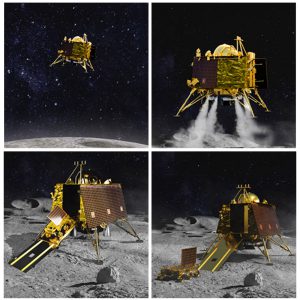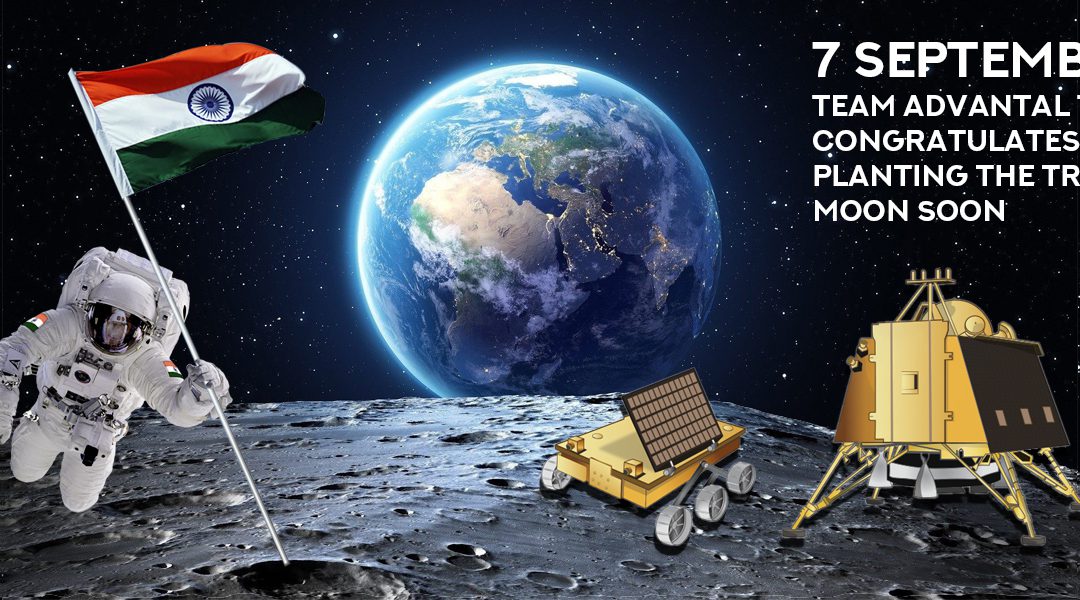India is going to make us all very proud soon, when it will be becoming the 4th country in the world to conduct a Moon Landing Mission, if everything goes well and as planned. What truly made headlines around the world, when this mission was announced, was India’s achievement to construct the Chandrayan 2 at a far lesser cost as compared to the similar missions conducted by Countries like America, Russia, and China. Before this mission, the world always had certain thoughts about India of not being in a position to achieve something as revolutionary as Chandrayan 2. The fact is, India now has one of the best Space Programs in the world and by building Chandrayan 2 at a record cost; we also proved that we are very much efficient in it as well. The Indian Space Research Organization, ISRO, first took the world’s attention by storm, when it launched the Mars Mission in the year 2013. That was our first step towards the amazing things to come and prepared a platform for the Chandrayan 2 Mission.

Chandrayan 2 Mission consists of 3 main components:
1. Orbiter
The Orbiter of Chandrayan 2 houses the Vikaram Lander and the Pragyan Rover. Its main work is to safely put them into the Moon’s orbit.2. Vikaram Lander
The Vikaram Lander houses the Rover Pragyan and its work is to safely and successfully land the Rover onto the surface of the Moon.3. Pragyan Rover
Pragyan Rover will be exploring the Moon’s surface to click pictures, capturing videos and collect samples.-
So, What Makes Chandrayan, and Especially the Rover Pragyan; so Remarkable?
- The Lander Vikaram
- The rover Pragyan
1. The Lander Vikaram
Vikaram Lander is the main module of Moon Mission, ensuring the safe delivery of Pragyan Rover onto the surface of the moon. The name of the Lander is an honour given to Dr Vikaram Sarabhai, an ex chairman of ISRO, regarded as the father of the Indian space program. What makes the Lander one of its kind development is India’s core and only involvement in the project. Initially, before the start of the mission, Russia’s Federal Space Agency Roscosmos and India had an agreement to develop the Lander together. However, the delivery of the Lander was postponed from Russia’s side and India then; took the matters into its own hands and ISRO developed the Lander in a record Cost and Time; creating a HISTORY! The Lander houses an area where the rover will be securely in place till it reaches the moon’s orbit and finally lands on its ground to click pictures and collect samples on its own. The Lander is designed and engineered to work for 14 consecutive days and during this tenure, it will be communicating with IDSN (Indian Deep Space Network). The total weight of the Lander is 1471 kilograms which also includes the weight of the rover, which is 27 kgs. The Lander is capable to generate about 650 W of electricity. ISRO has equipped the Lander with all possible technologies needed for successful completion of the mission. ISRO’s Space Application Centre has developed several sensors like OHRC (Orbiter High-Resolution Camera), LPDC (Lander Position Detection Camera), LHDAC (Lander Hazard Detection and Avoidance Camera), and Ka-Band Altimeter, to ensure the Lander Vikaram navigates easily and lands on the surface of the moon safely.2. The Pragyan Rover
The name ‘Pragyan’ given to the rover is derived from a Sanskrit word meaning ‘Wisdom’. Pragyan is an AI-Based, 6 wheeled, battery-powered vehicle; specifically designed to travel on the surface of the moon, collect specimens, and take pictures of its surface. Pragyan can travel up to 500 meters at a max speed of 1 cm per second and takes its power from the Solar Energy. The panel on the Pragyan charges its battery and will store the power it needs to communicate and drive. It has a power generation capacity of 50W. The Pragyan Rover can also conduct an In-Situ payload experiments on its own. The payloads on Pragyan are APXS (Alpha Particle X-Ray Spectrometer) which uses the X-ray Fluorescence Spectroscopy Technique that will help the rover to pick up samples off the surface of the moon and determine the elemental composition of the same. Similarly, the LIBS (Laser Induced Breakdown Spectroscope) will help the rover in identifying different elements. The IIT Kanpur of India has helped to Design, Develop, and Validate the important Algorithms of Pragyan:- The Kinematic Control Algorithm will help the Pragyan with motion on the uneven surface on the moon.
- Computer Vision-Based Algorithms will aid the Pragyan with Navigation System.
-
Why This Mission is So Important and Significant for India?
- It will be First Mission in the World to Conduct a Soft Landing on the Moon’s South Polar Region.
- It will be the First Mission by a Country to Attempt a Soft Landing on the Moon’s Surface with a Completely Home Grown Technology.
- India will be the 4th Country in the World to Soft-Land on the Moon.


